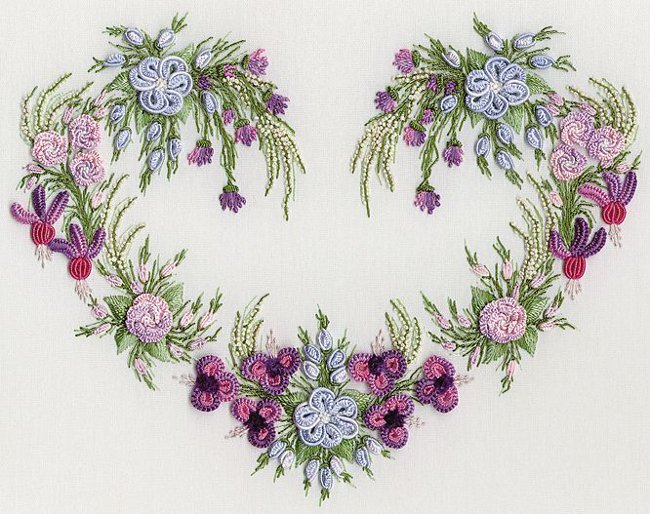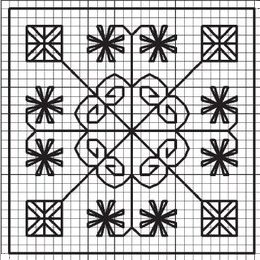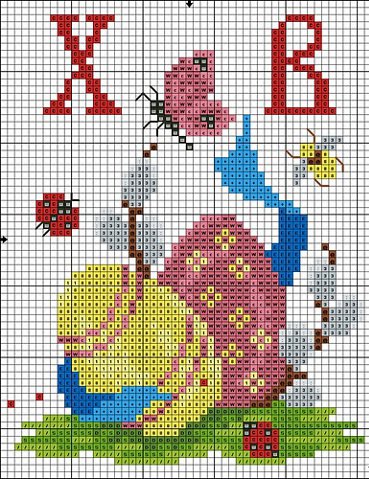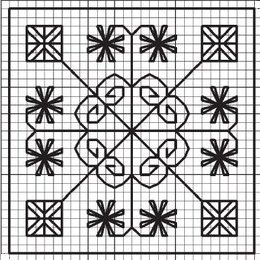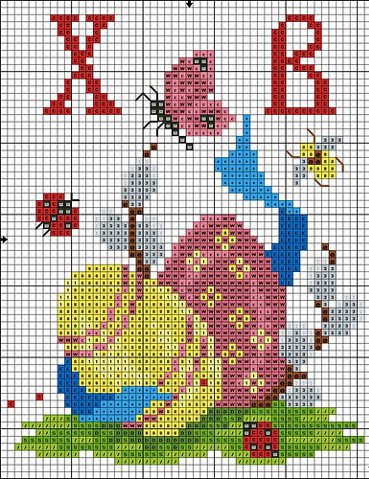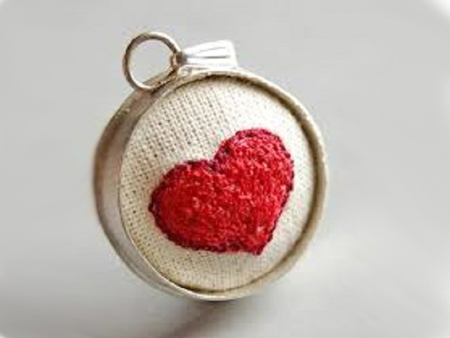Embroidery
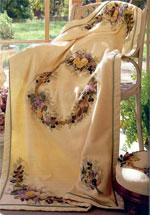 Embroidery opens unlimited possibilities forrealization of your creative ideas. Embroidery with cross-stitch, smooth, ribbons, beads, paillettes, hemstitch and "Richelieu" pattern - a variety of various embroidery techniques allow creating unique beautiful products.
Embroidery opens unlimited possibilities forrealization of your creative ideas. Embroidery with cross-stitch, smooth, ribbons, beads, paillettes, hemstitch and "Richelieu" pattern - a variety of various embroidery techniques allow creating unique beautiful products. You can decorate everything with embroidery: even a shirt in ethno, though fashionable jeans. Decorative pillows, napkins, towels - all this is also decorated with embroidery. In addition, you can embroider whole pictures that perfectly complement the interior of the room.
You can embroider almost any thread. Traditionally, for embroidery use woolen, cotton, silk thread, mulina. Recently, artificial threads, such as viscose, polyester or polyamide, as well as mixed yarns, consisting of artificial and natural fibers, are also popular.
Threads for embroidery are chosen in accordance withthe fabric on which the work will be performed. So, on a cambric, marquisite, crepe de cine, a mulina is used in one thread or silk thread. Mulina in two or three threads are used in embroideries on gauze, mat, linen. Woolen threads are used for embroidery on woolen fabrics.
Threads for embroidery should not "molt", because after the first wash the work may be spoiled.
Techniques of embroidery can be divided into two maingroups: countable seams and loose. Counting seams require an exact count of tissue threads, so they are performed most often on tissues that have a pronounced weaving, for example, on the canvas. Also for the implementation of counting seams use canvas - a special fabric, the intertwining of threads of which form cells of the required size.
The canvas can be used separately or sew it to the main tissue. After the end of the work, the threads of the canvas are easily pulled out.
For free joints, anycloth with a smooth surface. To perform counting stitches, it is usually not necessary to pre-apply the pattern to the fabric, but it is necessary for embroidering with free seams.
You can apply a pattern to the fabric in many ways. One of the most common is the use of carbon paper. The fabric should be smoothed and spread on a hard surface face up. Having planned the layout of the picture, place a sheet of copy paper on the fabric with the emulsion down, and on top of it - a tracing paper with a pattern. With a sharp pencil draw a line of drawing, without a strong pressure.
On thin fabrics the drawing is quite simpletranslate with conventional glass and a lamp. On the glass should be put a picture, on top of it put a flattened fabric, fasten with paper clips. Place an electric lamp under the glass. The outline of the picture is outlined with a soft sharp pencil.
What tools and devices are needed for embroidery?
As already mentioned, for embroidery it is necessarypick up the right fabric and thread. You also need needles for embroidery, preferably several pieces of different sizes, embroidery frames, scissors, thimble, pins. The embroidery frame can be round or square. The square hoop is rarely used, mainly for large canvases.
For embroidering festive items or theatrical costumes, metalized golden or silvery threads, beads, bugles, sequins, ribbons can also come in handy.
When embroidering, you should choose the right onecolor thread. Do this best in daylight, because in the light of an ordinary electric bulb, the colors are slightly distorted. For embroidery, do not take a very long thread at once, because when you repeatedly pull through the fabric, it can also slightly change the color.



